How Leather Watches Transformed from War Solutions to Fashion

Leather watches are more than simply timepieces; they are emblems of refinement, elegance, and classic style. They have a long history spanning centuries, starting as practical tools for troops in battle and evolving into fashion accessories in modern times. The evolution of leather watches not only demonstrates human ingenuity and innovation but also represents shifting fashions and cultural transformations throughout time.
In this article, we will dig into the fascinating history of leather watches, revealing how they evolved from critical wartime gear to iconic fashion statements that continue to enchant and decorate wrists throughout the globe.
Early Days: Leather Watches as Wartime Necessity
Pocket watches were the standard way of keeping time in the early era. However, throughout the war, these pocket timepieces posed significant challenges. Soldiers found it difficult to access them quickly and efficiently, especially when every second counted. Furthermore, pocket watches' fragile mechanisms were vulnerable to harm from the harsh conditions of the battlefield.
To remedy these concerns, soldiers started strapping their pocket timepieces to their wrists using straps. This clever method enabled simpler and faster access to time, which proved vital in the chaotic circumstances of battle. Notable historical people, including aviators and military leaders, were early users of this practical and useful method of timekeeping.
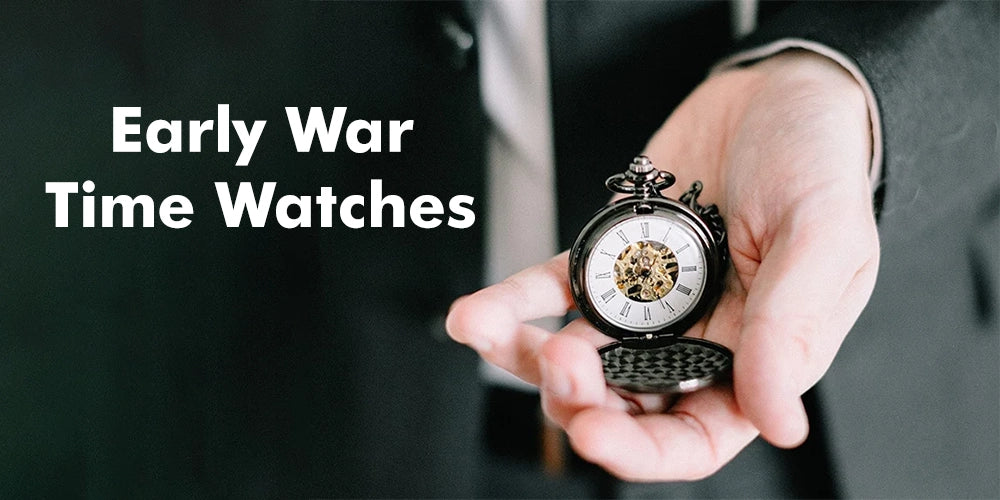
Evolution and Refinement of Leather Strap Watches
According to sources, leather watch straps first emerged during the South African Freedom Wars. Other accounts locate the origins of watch straps more generally throughout this period. In the severe heat of the Veldt, troops claimed to have removed their jackets and waistcoats and wore pocket watches on their wrists, tied by simple leather bands. Other historians believe that this development happened much earlier, during the Third Burmese War (1885-1887).
As time progressed, the use of leather straps transitioned from being purely functional to embodying a more refined aesthetic. The wristwatch began to gain popularity, replacing the pocket watch as the preferred timepiece for many.
The use of leather straps for watches during WWII signalled the start of a major revolution in the world of horology. This simple but successful invention laid the groundwork for the growth of leather watches, transforming them from functional instruments to fashionable adornments. As we go through the history of leather watches, this key era acts as a watershed moment, showcasing the versatility and tenacity of these timepieces.
You might like to read: How to Choose the Perfect Leather Watch?
The simplicity and durability of leather straps made them a natural choice for watch enthusiasts and fashion-conscious individuals alike. They offered a versatile and timeless look that complemented various styles and outfits, from casual to formal. As the demand for wristwatches grew, so did the variety and design of leather straps, catering to different tastes and preferences.
During this period, the craftsmanship of leather watch straps also improved, with artisans experimenting with different types of straps and techniques to design watches that were not only functional but also stylish and comfortable. The rise of the leather strap watch marked a significant milestone in the history of horology, solidifying its place as a staple in the world of fashion and timekeeping.
Leather Watches Emerges as a Fashion Icon in 20th Century
Leather watches reached new heights of popularity throughout the twentieth century, being linked with a variety of designs and movements. They were especially popular among military personnel and pilots, who prized their toughness and dependability in harsh circumstances.

Luxury watchmakers soon recognised the draw of leather straps, utilising high-quality leather to boost the prestige and attractiveness of their timepieces. This trend towards luxury positioned leather watches as more than simply useful accessories, but also as emblems of distinction and refinement.
Technological improvements altered the form and usefulness of leather straps. Quick-release mechanisms, for example, made it easy to replace and customise straps, enabling people to tailor their timepieces to their unique style and mood.
The twentieth century was a watershed moment for leather watches, cementing its link with luxury, elegance, and adaptability. They were more than simply timepieces; they were fashion statements that outlasted fads and stayed relevant throughout generations.
As we reflect on this watershed moment in the history of leather watches, it is apparent that their transformation from wartime necessity to fashion icon demonstrates their continuing appeal and ageless beauty. The twentieth century created the conditions for leather watches to develop and adapt, assuring their continuous relevance in the worlds of horology and fashion.
Modern Leather Watch: Timeless Style and Versatility
Leather watches remain the most popular watches in the modern day, thanks to their unique design and adaptability. Their ongoing appeal may be ascribed to their flexibility to adapt to many styles and circumstances, making them a popular accessory for both men and women.
Leather watches are quite versatile. Leather watches easily complement a variety of combinations, whether worn casually for a comfortable weekend look or formally for a refined presentation. Their timeless and subtle elegance makes them a versatile accessory that can easily move from day to night.
The availability of a diverse selection of leather materials, colours, and finishes enables people to pick the ideal leather watch for their own style and tastes. From standard brown and black leather straps to more unusual colours and textures, the possibilities are limitless.
Furthermore, the workmanship and quality of contemporary leather watches have reached new heights, with manufacturers emphasising ethically sourced and environmentally friendly materials. This dedication to quality and sustainability guarantees that modern leather watches look attractive and feel pleasant to wear.
Conclusion
Throughout the years, leather watches have transformed to mirror new styles, technology, and cultural norms. Still, they've managed to keep their timeless good looks and refined elegance, solidifying their place in the worlds of fashion and timekeeping.
Explore the world of watches and discover the perfect timepiece that resonates with your personal style and story at Sylvi.
Recommended Topics
- 2023
- 2024 Collection
- 40mm Dial Watches
- 40mm Men's Watches
- 40mm Watch
- Active Lifestyle
- affordable automatic watch
- Affordable Elegance
- Affordable Watches
- Alarm Setup
- Alarm Watches
- Analog Digital Watches
- Analog vs Smartwatch
- Analog Watches
- analog watches for men
- Anniversary Gifts
- Anniversary Watches
- Automatic Mechanical Watches
- automatic moonstone watch
- automatic watch
- Automatic Watches
- Automatic Watches For Men
- Automatic Watches Under 5000
- Automatic Wrist Watches For Men
- Bella
- Benefits
- Best Blue Dial Watches
- best branded watches under 1000
- Best Casual Watches
- Best Chronograph Watches
- Best Chronograph Watches Under 2000
- best friend gift ideas
- Best Gift For Friend
- Best Low-Price Watches
- Best Metal Watches
- Best of 2024
- Best Picks
- Best Places
- Best Quartz Watches
- Best Selling Watches
- Best Sports Watch
- Best Sports Watches Under 2000
- Best Watch Brands
- Best Watch Brands For Men
- Best Watch Brands For Women
- Best Watch Gift For Boyfriend
- Best Watches
- Best-Dressed Actors
- Birthday Gifts
- Black Analog Watch
- Black Chain Watches
- black watch for women
- Black Watches
- Blade Watch
- Blue Dial Watches For Ladies
- Blue Watches
- Bollywood Actors
- Boyfriend Watches
- Boys' Watches
- Bracelet Watches
- Bracelet Watches For Women
- Branded Watches
- Branded Watches at Low Price
- branded watches under 1000
- Branded Wrist Watch For Men
- Bride Watches
- Brown Leather Strap Watches
- Budget Friendly
- budget watches
- Budget-Friendly
- budget-friendly watches
- Build and Maintain
- Business Watches
- Buyer's Guide
- Buying Guide
- Casual Watches
- Casual Watches For Men
- Celebration
- Celebrations
- Chain Watch
- chain watches for men
- chain watches for women
- Character
- Christmas 2023
- Christmas Gifts
- Christmas Sale On Watches
- Chrono Watches
- Chronograph watch
- Chronograph Watches
- Chronograph Watches For Men
- Chronograph Watches Under 2000
- Chronograph Watches Under 5000
- circle watch for men & women
- Classic Designs
- Classic to Modern
- Clothing Combo
- Clothing Ideas
- Color Guide
- Commanding Style
- Comparison
- Conscious Consumers
- Consistency
- Cool Casual Watches
- Core Values
- Couple Watches
- Couples
- Craftsmanship
- crystal watch
- Customer Review
- Daily Wear Watches
- Date-Day Watches
- Deployment Clasp
- Diamond Watches
- Diamond Watches For Women
- Digital Watches
- Discounts
- Diva Collection
- Diva Watches
- Dive Watches
- Diwali
- Diwali Festival
- Diwali Gifts
- Diwali Outfits
- Do's and Don'ts
- Dress Watches
- Dressing Style
- Dressing Styles
- Durability
- Dussehra
- Elon Musk
- Engraved Messages
- Enthusiasts
- Essential Accessories
- Every Day Watches
- Everyday Look
- Everyday Watches
- Evolution
- Excellence
- Exclusive Watches
- Expensive Watches
- Expert Tips
- Explanation
- Factors
- Facts
- Famous
- Fancy Watches For Men
- Fashion Accessories
- Fashion Models
- Fashion Watches
- Fashionable
- Father's Day
- Festival
- Festival of Colors
- Festive Season
- Formal Watches
- Formal Watches For Men
- formal watches for women
- Free
- Friendship Day
- Frist Sports Watches
- Future of Watches
- Garba Outfits
- Genuine Leather Watch Strap
- Gift Guide
- Gift Ideas
- gift watch
- Gift Watches
- Gifting
- Gifts For Best Friends
- Gifts For Friends
- Gifts for Sisters
- Girl Watches
- Girls' Watches
- Giveaway
- Gold Watches
- Gold Watches For Men
- Gold Watches For Women
- Green Dial Watches
- Groom Watches
- Grooming Tips
- Growth
- Guide
- Handpicked
- Happy Friendship Day
- Hawk Watches
- High-Performance Watches
- high-quality watches
- History
- Holi Sale
- Holiday Gifts
- Holiday Style
- Hollywood Actors
- Hollywood Inspiration
- Hollywood Stars
- How to Know Original Wrist Watch
- How-To
- Husband Watches
- Iconic Collection
- Iconic Watches
- Ideal Selection
- Imperial Collection
- Imperial Watch Collection
- Imperial Watches
- Importance of Time
- Important Rules
- Impress Your Boss
- Indian Cricketers
- Indian Flag
- Indian Politicians
- Indian Watch Brands
- Indian Watch Market
- Indian Watches
- Innovation
- Janmashtami
- Janmashtami 2024
- Japanese
- Job Interview
- Joy of Gifting
- Key Features
- Krishna Janmashtami
- Ladies Fashion Watches
- Ladies Watches
- Latest Trends
- Latest Watches
- Leather Strap
- Leather Strap Watches
- Leather Watch Straps
- Leather Watches
- Light Watch
- Love Language
- Luxurious
- Luxury
- luxury diamond watch for women
- Luxury Gifts For Men
- Luxury Watch Brand
- Luxury Watch Brand For Men
- Luxury Watch Brand For Women
- Luxury Watches
- Luxury Watches For Men
- Maintaining Mechanical Watch
- Maintenance
- Makar Sankranti
- Makar Sankranti 2025
- Makar Sankranti Celebration In India
- Makar Sankranti Wishes
- Marriage Occasion
- Matching Accessories
- Matching Guide
- Materials
- Mechanical Watch Movements
- Mechanical Watches
- Meditation
- Mega Sale
- Men's Accessories
- Men's Blue Dial Watches
- Men's Brown Leather Strap Watches
- Men's Chrono Watches
- Men's Fancy Watches
- Men's Fashion
- Men's Fashion Watches
- Men's Leather Strap Watches
- Men's Outfits
- Men's Roman Numeral Watches
- Men's Style
- Men's Tips
- Men's Watch Styles
- Men's Watches
- Men's Watches With Alarm
- Men’s Water Resistant Watches
- Men’s Wrist Watches
- Metal Watches
- Metal Watches For Men
- Military Watches
- Mind-Body Harmony
- Mindfulness
- minimalist watch
- minimalist watch under 2000
- Minimalist Watches
- Modern Innovations
- Moon Phase Watch
- MoonPhase Watch
- Myths vs. Reality
- National Heroes
- Navratri
- New Features
- New Launch
- New Year's Eve
- Night Watches
- Nylon Strap Watches
- Nylon Watch Straps
- Octagon Shape Watches
- Office Hours
- Office Wear
- Online Buying
- Online Collection
- Online Watches For Women
- Outfit
- Pairing Guide
- Pairing Watches
- Party Wear Watches
- Perfect for Him
- Perfect Gift
- Perfect Watch
- Personality
- Personalized Gifts
- Pre-Wedding Photography
- Premium Brand
- Premium Watch
- Premium Watches
- Premium Watches for Men
- Premium Watches for Women
- Professional Look
- Professional watches
- ProTimer Collection
- Prototype Details
- Prototype Watches
- Quartz Movement
- Quartz vs Automatic
- Quartz Watches
- Quartz Watches For Men
- Race Master
- Racing Watches
- Raksha Bandhan
- Reasons
- Reasons to Wear
- Recommendations
- Republic Collection
- Republic Day
- Rig One 'O One
- Right Watch
- Roman Numeral Watches
- Roman Numeral Watches For Men
- Rose Gold Watches
- Rose Gold Watches For Women
- Rose Gold Women's Watches
- round dial watch
- Round Dial Watches
- round dial watches for women
- Round Shape Watches
- round watch for men
- round watch for women
- Round Watches
- Round Watches For Women
- Rugged Watches
- Santa Sale
- Seasonal Tips
- Self-Love
- September 2023
- Shop Online
- Shopping Tips
- Signature Look
- Significance of Time
- Silicone Strap
- Silicone Watches
- silver strap
- Silver Watches
- Silver Watches For Men
- simple analog watches
- Simplicity
- Situations
- Size Measurement
- Skeleton Watches
- Sleek and Slim
- Slim Watches
- Small Dial Watches
- Small Dial Watches For Ladies
- Small Hands
- Small Watches
- Smartwatches
- Special Gifts for Friend
- Special Occasions
- Special Offers
- Sport Watch
- Sports Fan
- Sports Watches
- Sports Watches For Men
- Square Watches
- Square Watches For Men
- Square Watches For Women
- Stainless Steel Watches
- steel straps
- Stocking Stuffers
- Stopwatch
- Strap For Watches
- Strap watch
- Style
- Style Guide
- Style Statement
- Style Tips
- Styling Tips
- Stylish Watches
- Stylists
- Suit
- Sustainable Watches
- Sylvi Analog Watch
- Sylvi Collection
- Sylvi Insights
- Sylvi Watch
- Sylvi Watches
- Symbolic Watches
- Teachers Day
- Thoughtful Ideas
- Time Carnival
- Time Management
- Time Optimization
- Timekeeping History
- Timeless Appeal
- Timeless Elegance
- Timeless Technology
- Timepieces
- Top 10 Watches
- Top 3 Watches
- Top 4 brown men
- Top Collection
- Top Picks
- Top Watch Brands
- Top Watch Brands in India
- Top Watches
- Traditional Indian Wear
- Traditional Watches
- Traditions
- Transformation
- Travel Watches
- Trendiest Watches
- Trends
- Tribute
- Tricolor Watch Straps
- Types
- Under 1000
- Under 2000
- Unique Features
- Unique Gift
- Unique Ideas
- Unique Watches
- Upgraded
- Valentine Week
- Valentine's Day
- Valuable
- Velocity Watches
- Vibrant Colors
- Vintage Analog Watches
- Vintage Men's Watches
- Vintage Watches
- Vintage Watches For Men
- Vintage Wrist Watches
- Wardrobe
- Watch Advancements
- Watch As a Gift For Boyfriend
- Watch Band
- Watch Battery Life
- Watch Benefits
- watch box
- watch box for gift
- Watch Box Organizer
- Watch Boxes
- Watch Brand In India
- Watch Care
- Watch Care Tips
- Watch Case Size
- Watch Choice
- Watch Clasps
- Watch Collection
- Watch Collection for Men
- Watch Construction
- Watch Details
- Watch Dial Sizes
- Watch Dials
- Watch Functions
- Watch Gift For Boyfriend
- Watch Gifts
- Watch Ideas
- Watch Mechanics
- Watch Movements
- Watch Pairing
- Watch Pairs
- Watch Parts
- Watch Photography Ideas
- Watch Repair
- Watch Repair Service
- Watch Repair Shop
- Watch Sale
- Watch Selection
- watch store in surat
- watch store near me
- Watch Straps
- Watch Styling
- Watch Trends
- Watch Types
- watch under 2000
- Watch Wearing
- Watch With Light
- Watches
- Watches For Girl
- watches for men
- Watches For Men Low Price
- Watches For Women
- Watches For Women Low Price
- Watches For Women Online
- watches for women under 5000
- watches gift for best friend
- Watches Under 1500
- Watches With Date and Day
- Watches With Sapphire Crystal
- Water Resistance
- Water Resistant Watches
- Water-Resistant
- Waterproof
- Wearing Tips
- Wedding Gift
- Wedding Gifts
- Wedding Watches
- Wedding Watches For Groom
- White Watches
- White Watches For Men
- White Watches For Women
- Winter Watches
- women watches
- Women's Luxury Watches
- Women's Watches
- Women's Watches Online
- Women’s Water Resistant Watches
- World Timer Watch
- World Timer Watches
- Wrist Size Guide
- Wrist Sizes
- Wrist Watch
- Wrist Watches
- Wrist Watches For Men
- Wrists
- Yoga Watches
Latest Watches
Urbane Rosegold Black
Rs. 2,019.00
Majestic Green Black Silicone
Rs. 1,749.00
Professional Edge White Rosegold
Rs. 1,799.00
Rig One 'O One White Crystal - WT Max
Rs. 1,409.00




































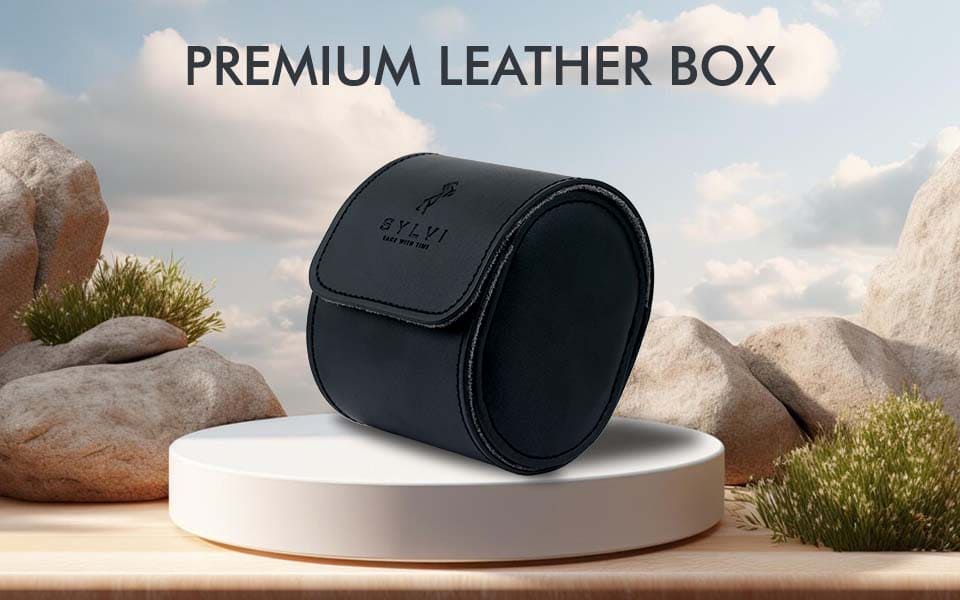
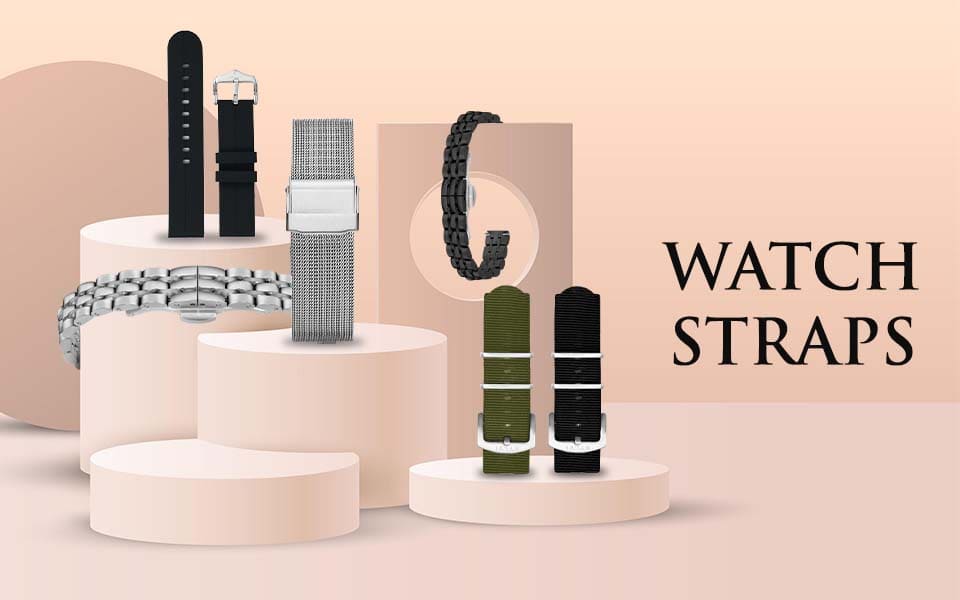
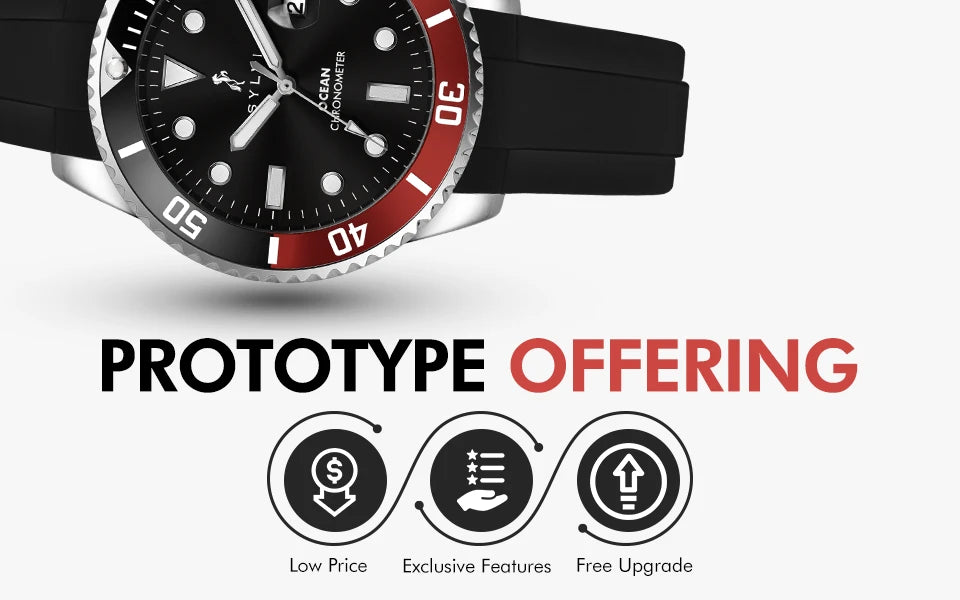
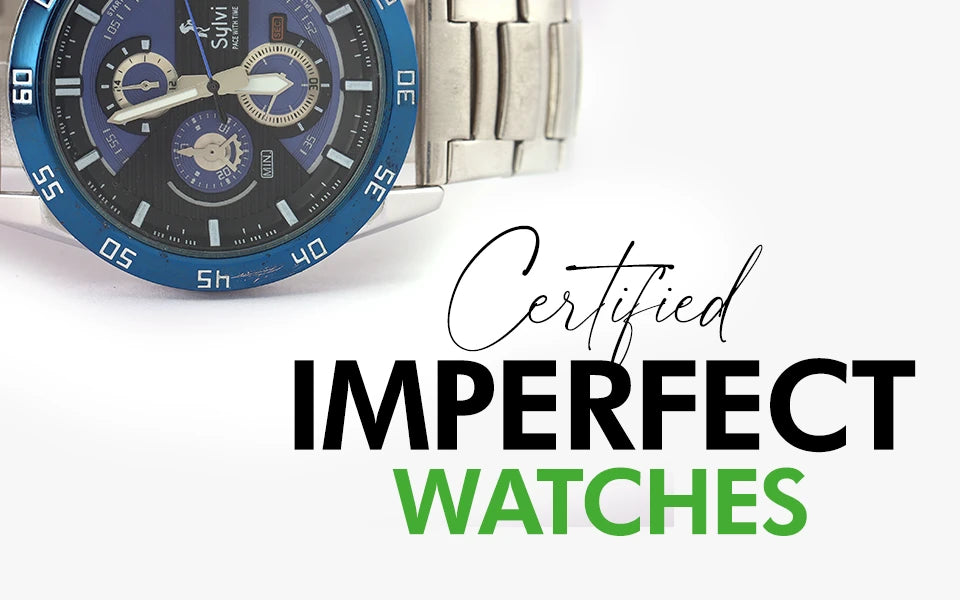







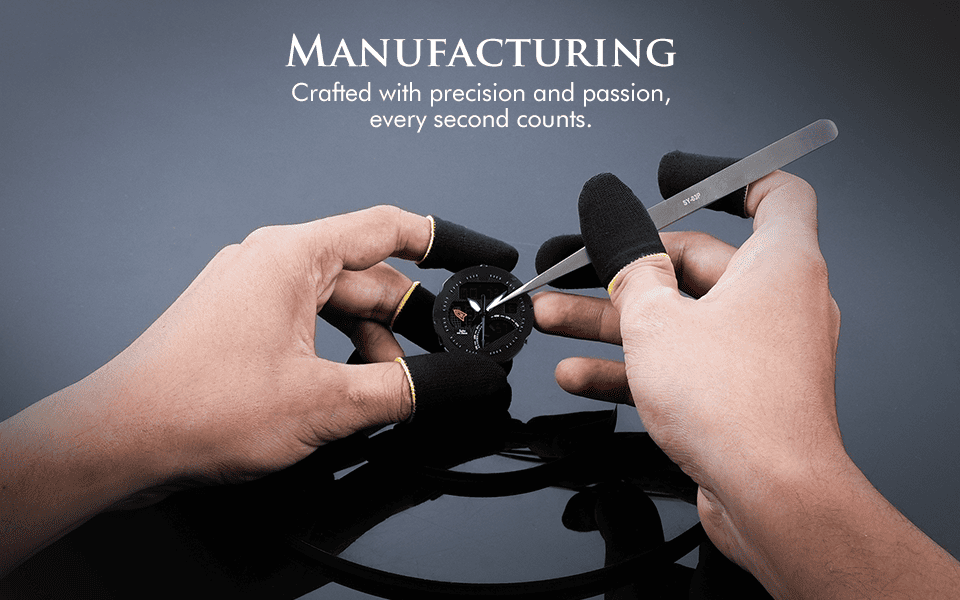











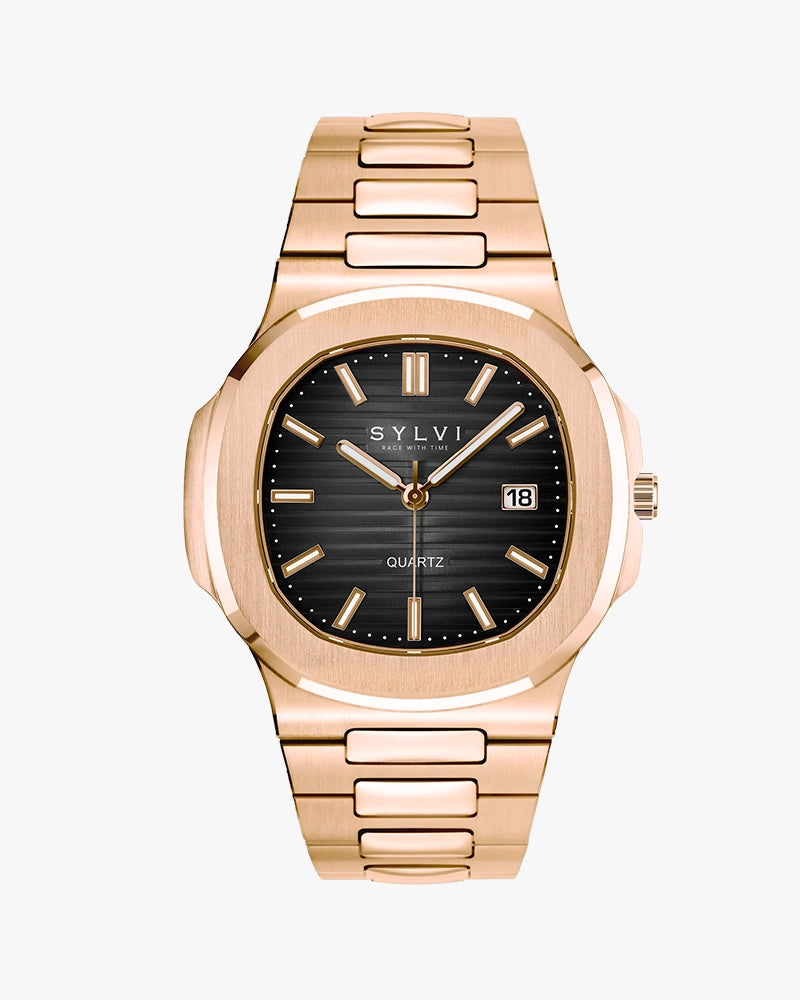
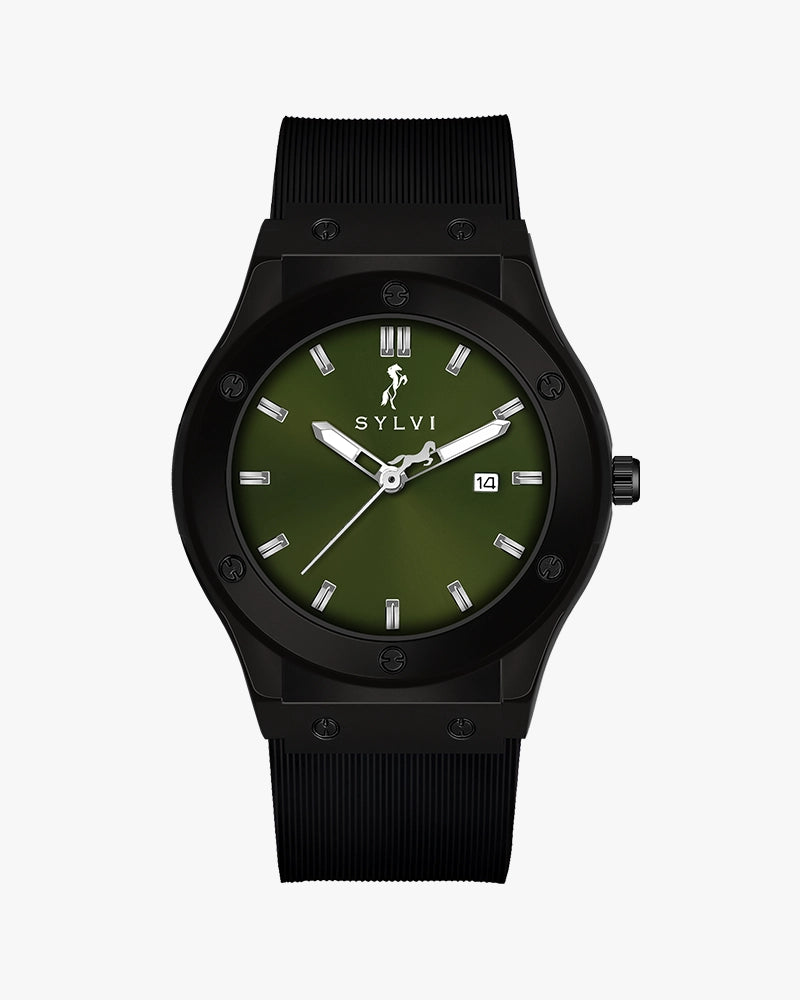
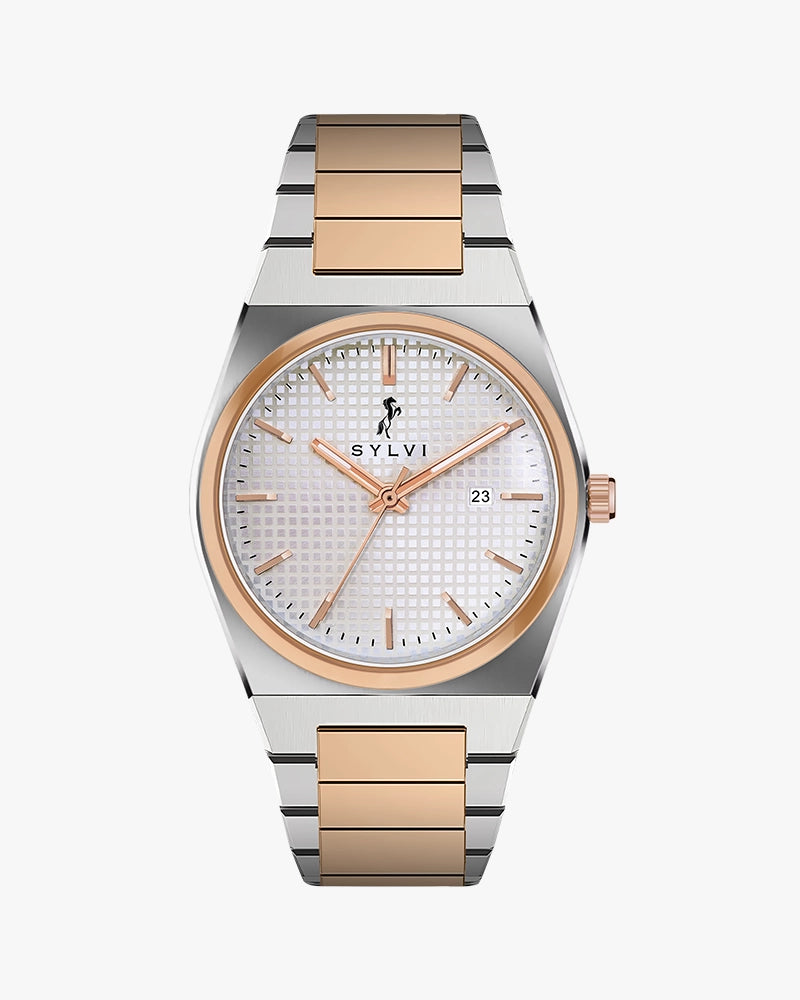
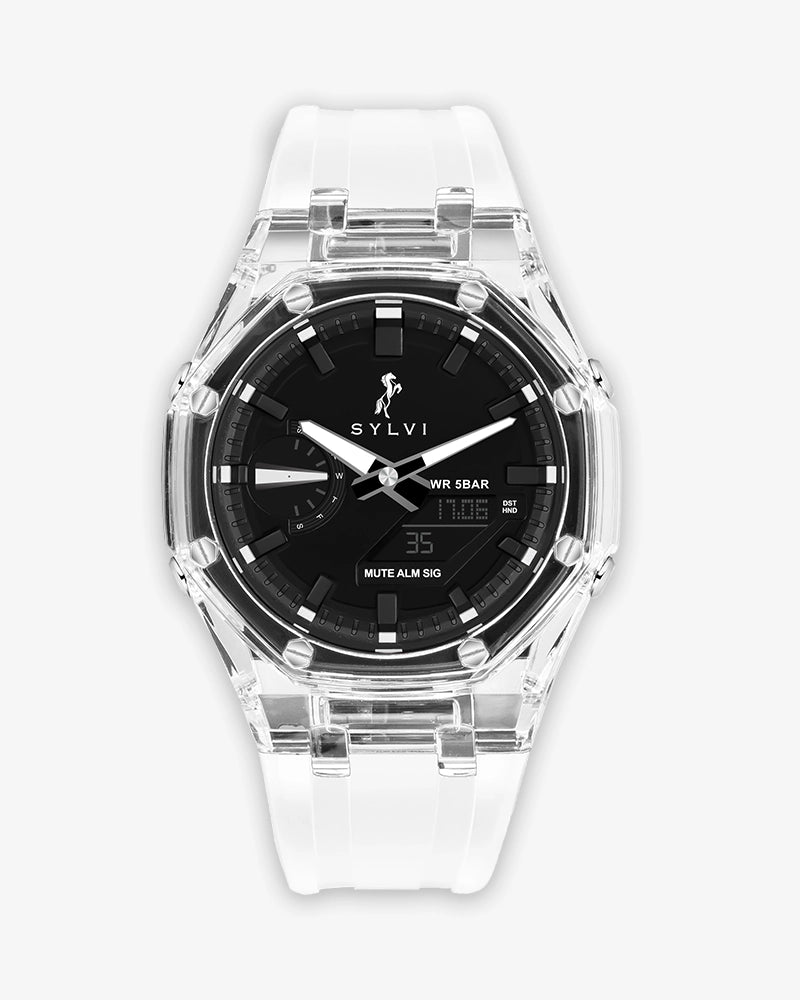


Leave a comment